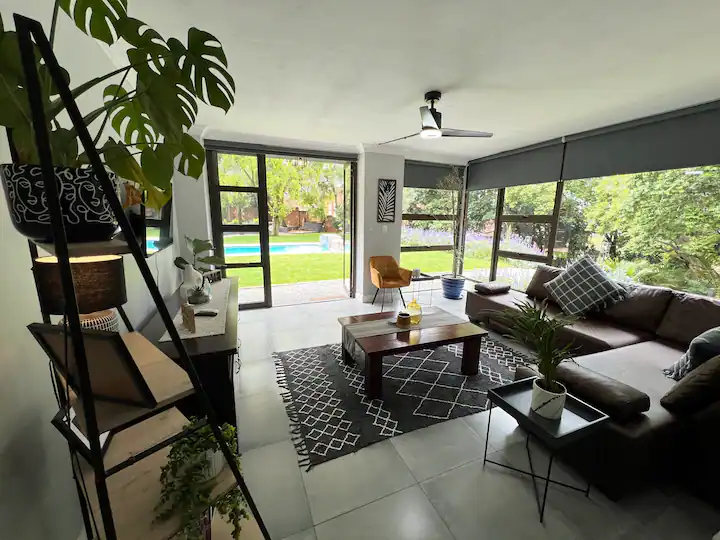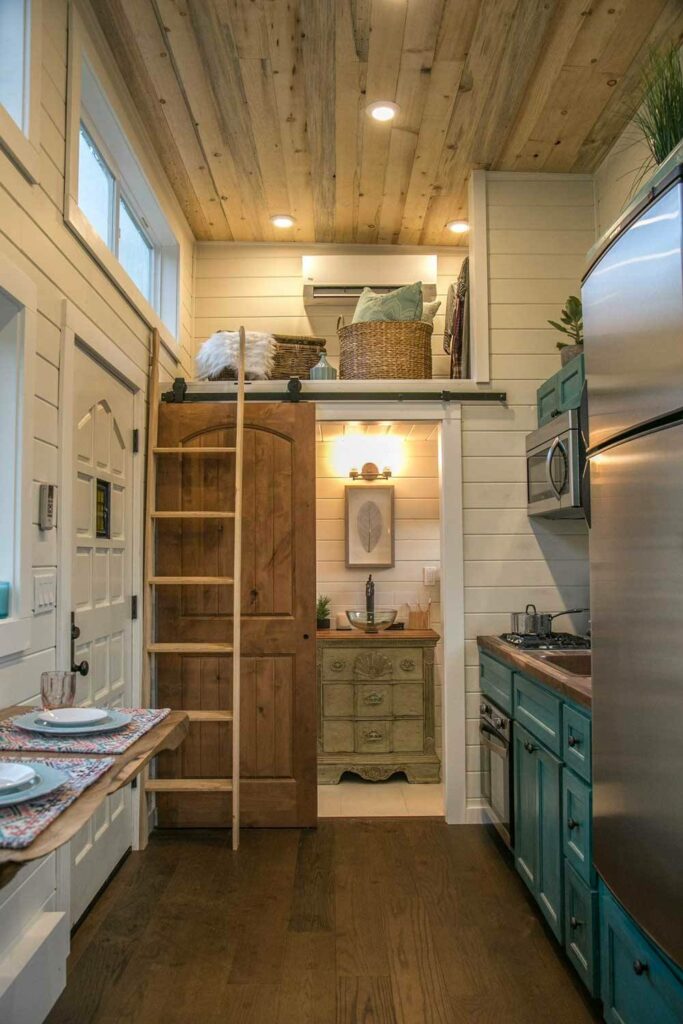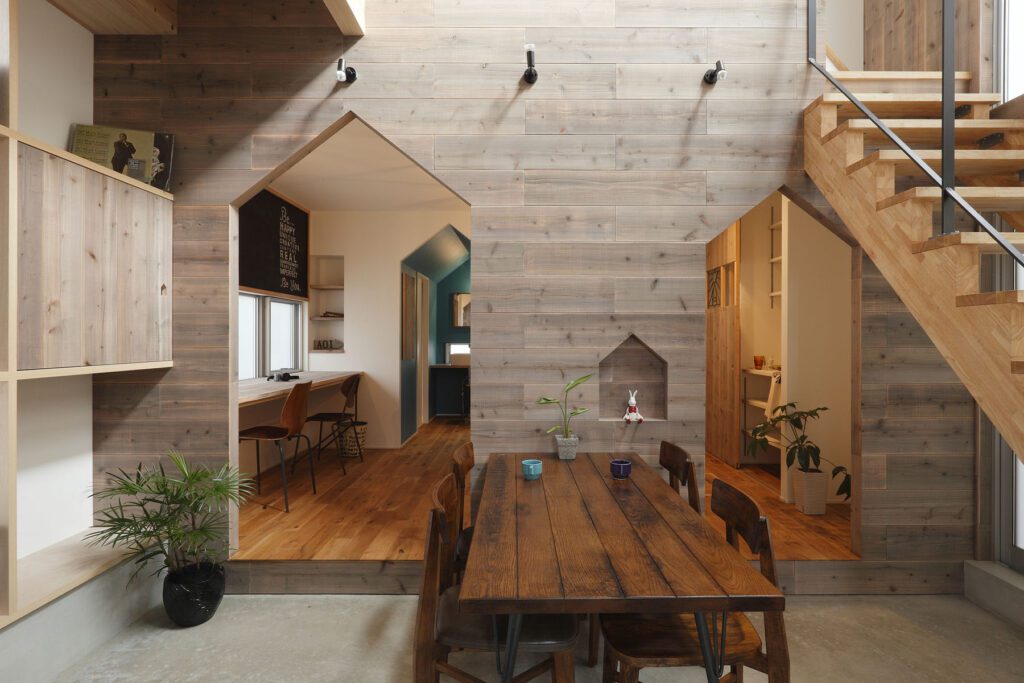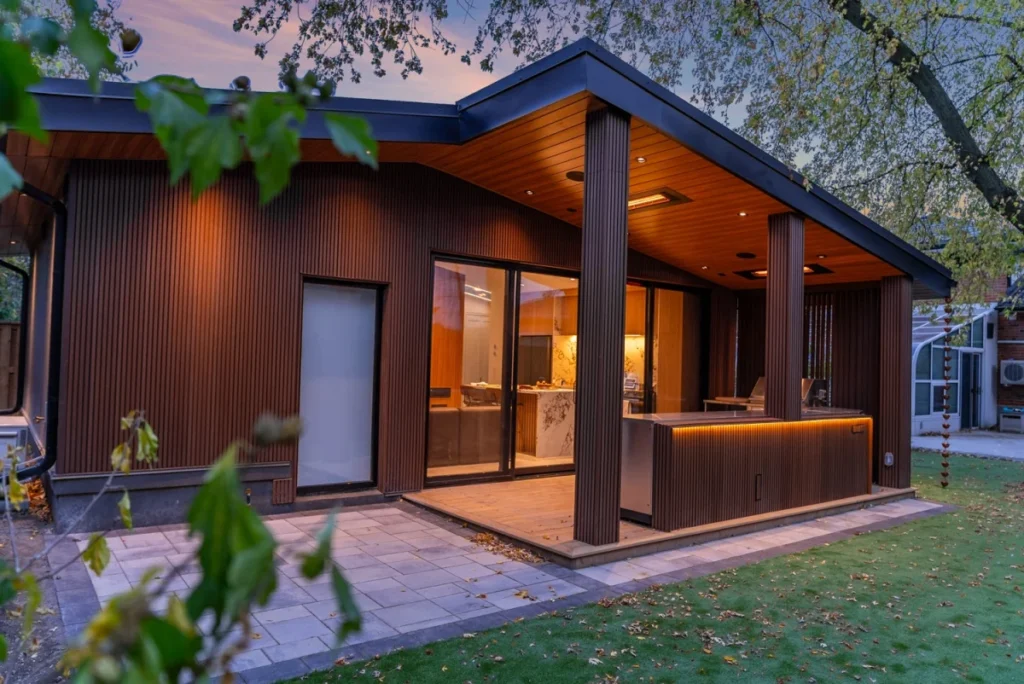
Garden suites, known by many different names such as; tiny homes and granny flats, is the latest trend sweeping through Ontario. So what is a garden suite anyways? A garden suite is generally a smaller scale main house that functions as a separate living or rental housing unit. These contain their own living room, kitchen, bedroom and bathroom but on a much smaller scale than an average house. They also include all utilities such as electricity, power, sewage, and water. So how can you make one of these? What requirements do you need? And what styles do you build them in? Well, this weeks blog post is all about everything you need to know about garden suites from permits to building to style and design!
Zoning and Permits
Before we get started make sure you contact your local building department because these garden suites do require building permits. With garden suites you have to follow the Ontario Building Code and zoning by-laws. Consider the area you’re looking to build as you need to provide appropriate access for emergency services, minimum building area and room sizes, as well as minimum required floor heights. Also garden suites should not result in the removal of healthy by-law protected trees. An important part of the City’s work to increase options for housing in neighborhood’s is the development of regulatory approaches to protect and enhance the City’s tree canopy for all types of residential construction, including garden suites.
Emergency Access: The fire department requires a 147.63 square feet maximum distance measured from the public street to the entry of the new garden suite unit. If a fire event occurs, the fire department personnel needs to extend the hose to the front door of the garden suite. A clear path of travel must give access to the fire department to approach the garden suite or laneway home. This path is measured at 1.0 meters wide and has a headroom clearance of 6.8 square feet height.
Gross Floor Area: Most cities require that the ground floor area of the newly built garden suite be restricted to the lesser of 40% of the rear yard area or 645.83 square feet of lot coverage. This ensures that landscape area is provided in a greater quantity and guards against the potential of the garden suite becoming larger than the principal dwelling.
Height to Separation Ratio: If the separation between the main house and the newly planned garden suite is a minimum of 53.81 square feet, the max height of the garden suite can be 43.05 square feet. But if the minimum setback is at least 80.72 square feet, then the garden suite can be built to a height of 19.68 square feet.
Distance to Neighbors: The building has to be located 3.93 square feet from other neighboring properties. If this cannot be achieved, openings/windows that appear in the elevation that is within the limiting distance need to be protected. These protected openings will need to be able to withstand fire to prevent its spread from one house or suite.
Fees: In the zoning process you have encounter certain fees such as application fees, permit fees, and even development charges.

Building Process
One way to start the building process is to write down all the requirements you need for the space. Some things to consider are if you want an open floor plan or a closed floor plan, are there any areas you want to be more private than others? How much storage are you looking for? Once you establish what you require in the space it’s time to make the floor plan. We recommend hiring someone with experience in this field as they know the minimum space planning requirement’s needed for each space and can come up with great storage ideas and layout placement. When it comes to the floor plan you can play around with several ideas and conclude with which fits you best.
Room sizes and headroom clearances: When planning out your floor plan consider the following;
- One bedroom can have a smaller living, kitchen and dining area combined.
- Two bedrooms require that a bedroom be primary and thus large than a second or third bedroom.
- A studio is great as it can be as small as 145 square feet in total. This unit size is suitable for students.
- Bathrooms, laundry, closets, and utility room must be appropriately sized for use.
- Where the kitchen, living, and dining room are not combined it is required to be larger than when combined.
- You need to consider natural lighting and window placements as this is a requirement from the OBC (Ontario Building Code)
- The living, and dining rooms need to have glazing (glass portion of a window) that is 10% or more of the floor area it serving or the room it is located within. While in the bedroom only 5% is required.
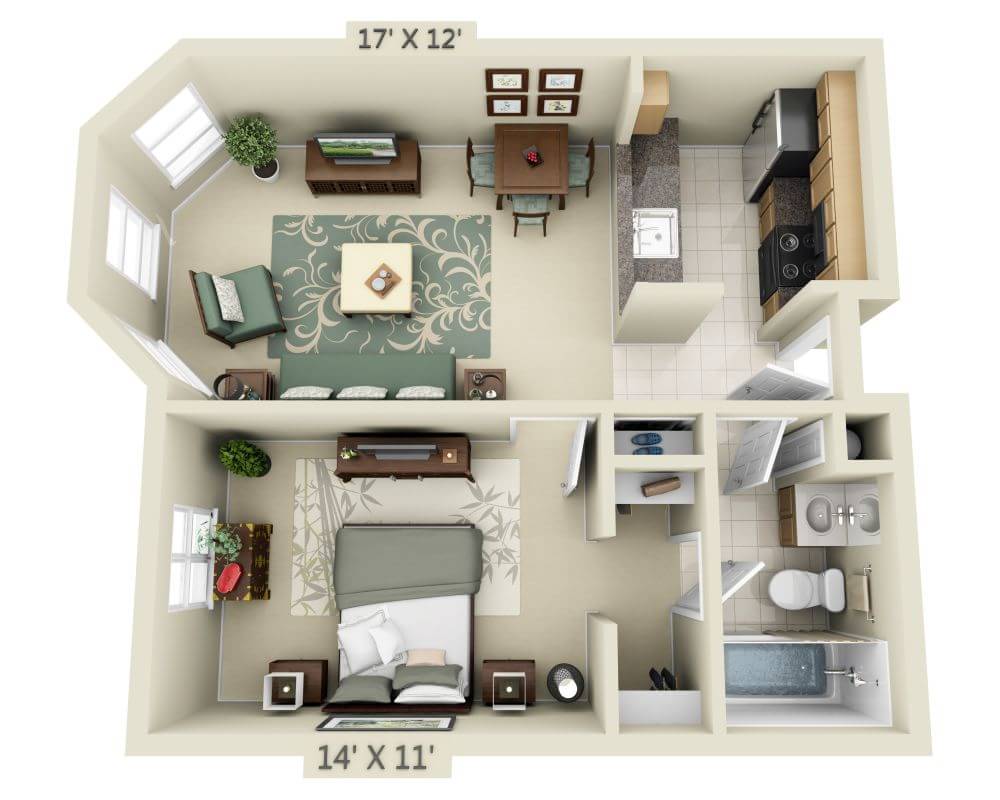
Construction
The following are the construction steps in building your custom styled garden suite;
- The construction process for garden suites starts with the soil being excavated and footings being poured with a concrete slab to create the foundation of the suite.
- The next step is to create the framework of the walls and roof by using lumber and LVL beams where required.
- Once the facade is finished you need to install the windows and roof with gutters and downspouts to redirect rain water away from your new suite.
- Before we close the walls we install water and drain pipes, electrical wiring and heating systems based off of mechanical drawings.
- From here we wait for the plumbing and electrical to be checked by licensed members of the city’s building department team of inspectors.
- Once cleared by the inspectors we install insulation in the walls and finish them through the process of drywalling and mudding.
- Now it’s time to install materials such as flooring, tiles, doors and large products such as cabinetry.
- We then paint the walls and install appliances, and finalized hardware and products, and add in any needed touch ups.
- We finalize the exterior look of the garden suite by adding weather and fire resistant siding.
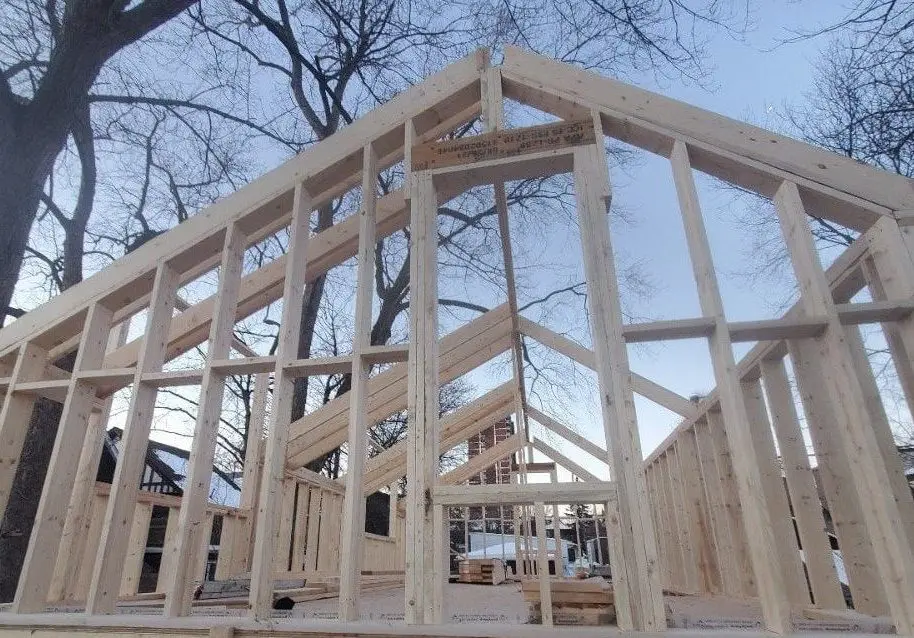
Style and Design
When it comes to the style and overall design of your garden suite you can go any route that you like, modern, rustic, contemporary. For the interior space we recommend using lighter colours to brighten up the space to make it feel more open and larger in size. Here are some photo samples of modern, rustic and contemporary garden suites exterior and interior designs.
The Benefits and Setbacks
A well-designed and functional garden suite not only provides extra living space but also increases the property’s overall appeal. Down the line, potential buyers will be willing to pay a premium for the convenience, income potential, and flexibility that a garden suite offers.
As for the setbacks that come with building a garden suite, there’s the overall cost and preparation needed to get this started and built. Waiting on permits and the inflation prices on materials and products can make the job pricey
Conclusion
We hope you’ve learned some helpful and fun information on Garden Suites this week- if you have any questions or find yourself thinking of building one of these spaces feel free to reach out to us via email or phone- located at the bottom of the page! We’ll see you next Friday with our new topic of the week!
-A4 Group Construction Services INC
Author: Julia Baker


